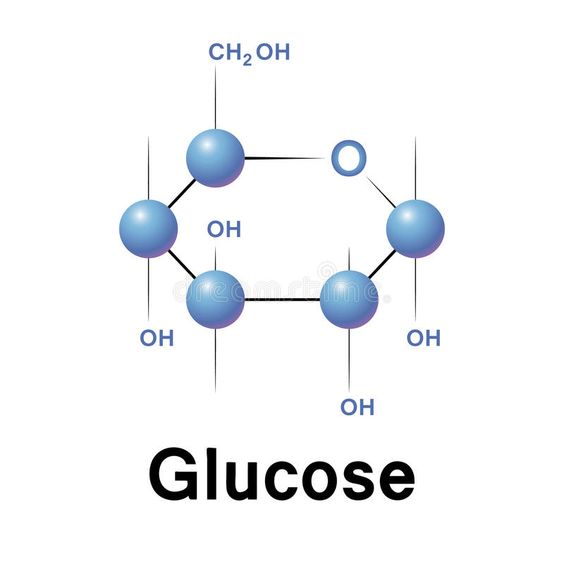
Breakdown of Glucose.
Understanding the breakdown of glucose in the bloodstream is crucial for anyone interested in fitness and health. Glucose, a simple sugar derived mainly from carbohydrates, serves as the body's primary energy source. This blog post will explore how glucose is processed in the body, its regulation, and its significance for fitness enthusiasts.
What is Glucose?
Glucose is a monosaccharide that enters the bloodstream after the digestion of carbohydrates found in foods such as bread, potatoes, and fruits. Once ingested, carbohydrates are broken down into glucose molecules, which are then absorbed through the intestines into the bloodstream. This process ensures that glucose is readily available for energy production in various bodily functions.The Role of Insulin
When blood glucose levels rise after eating, the pancreas releases insulin, a hormone that facilitates the uptake of glucose by cells for energy or storage. Insulin acts like a key, unlocking muscle, fat, and liver cells to allow glucose entry. This mechanism helps to lower blood sugar levels back to normal ranges (typically between 60 and 140 mg/dL) after meals.Insulin's Mechanism
- Transport of Glucose: Glucose cannot diffuse freely into cells due to its size; instead, it requires insulin to enhance its transport across cell membranes through specialized protein carriers.
- Phosphorylation: Once inside the cell, glucose is phosphorylated to glucose-6-phosphate, trapping it within the cell for metabolic processes.
Glycogen Storage and Release
Excess glucose that is not immediately used for energy is converted into glycogen and stored primarily in the liver and muscles. The liver plays a critical role in regulating blood glucose levels by converting glycogen back into glucose when needed—such as during fasting or intense exercise—ensuring a steady supply of energy.
Glycogenolysis vs. Glycogenesis
- Glycogenesis: The process of converting excess glucose into glycogen for storage.
- Glycogenolysis: The breakdown of glycogen back into glucose when blood sugar levels drop.
These processes are regulated by insulin and glucagon, with glucagon being released when blood sugar levels are low to stimulate glycogen breakdown.
The Importance of Blood Glucose Regulation
Maintaining stable blood glucose levels is essential for overall health and fitness. Fluctuations can lead to conditions such as hyperglycemia (high blood sugar) or hypoglycemia (low blood sugar), both of which can have serious health implications. For instance:- Hyperglycemia: Can result from insufficient insulin production or insulin resistance, leading to long-term complications such as kidney damage or cardiovascular issues.
- Hypoglycemia: Can cause symptoms like dizziness, confusion, and even loss of consciousness if not addressed promptly.



